Introduction of the Right to Constitutional remedies under the Constitution of India: According to the Indian system, the Supreme Court and High Court at the state level have jurisdiction over writs. Article 32 of the constitution of India provides fundamental rights. Article 32(1) provides that to appeal to the Supreme Court for the infringement of Fundamental Rights.
The writ jurisdiction of S.C.(Supreme Court) is limited to the enforcement of fundamental rights (F.R.). The Supreme Court is the protector and guarantor of the fundamental rights while the high court has jurisdiction for the enforcement and other purposes of the fundamental rights.
Historical Background
It has its origins in the English judicial system and was created with the development of English public courts – for common law courts. The law of rights has its origin in the orders passed by the king’s bench in England. The writs were issued on a petition presented to the king in council and were treated as a royal order.
A writ was a written order issued in the name of the king which served as the basis for subsequent proceedings. However, the writ took different forms and names with different clauses. Writs were issued by the crown and in the interest of the crown, but with the passage of time, they became available to ordinary citizens as well. However, a mention fee was charged for this and the filing of these writs was known as the purchase of writs.
Origin of Writs in India
The origin of writs in India is from the Regulation Act, of 1773 under which the supreme court was established at Calcutta. The charter also established other high courts and these high courts had the same power to issue writs as the successors of the supreme court.
The other courts which were established eventually did not enjoy this power. The writ jurisdiction of these courts was restricted to their original civil jurisdiction which they enjoyed under section 45 of the Specific Relief Act, 1877.
Prerogative Writs
The five writs specifically mentioned under articles 32 and 226 are habeas corpus, certiorari, prohibition, mandamus, and quo-warranto known as prerogative writs in English law. The prerogative writs are extraordinary remedies intended to be applied in exceptional cases in which ordinary legal remedies are not adequate.
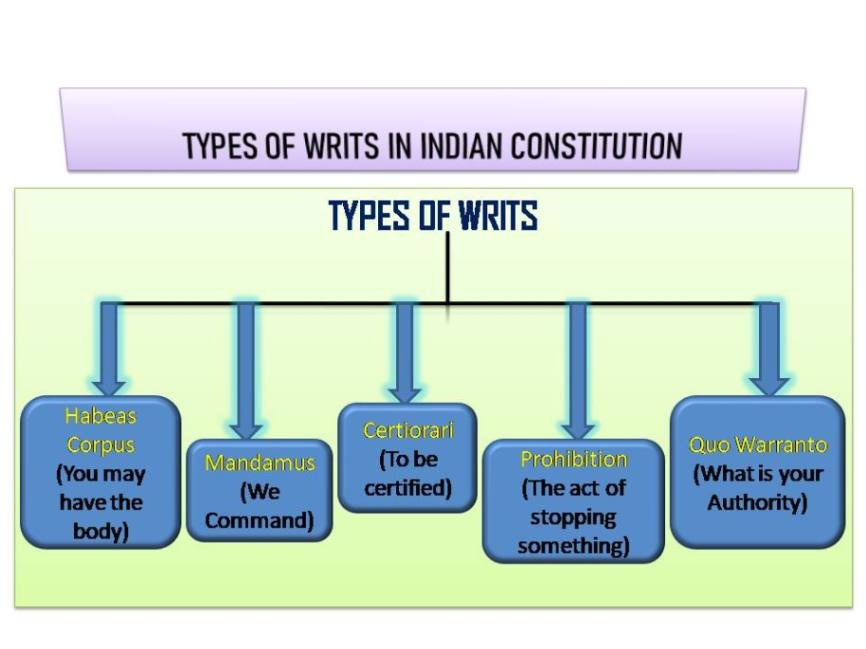
Writ of Habeas Corpus
The Latin phrase habeas corpus means “has the body”. The writ of habeas corpus is a process for securing liberty to the party for illegal and unjustifiable detention. It objects to providing a prompt and effective remedy against illegal restraints. The writ of habeas corpus can be filed by any person on behalf of the detained or by the detained person himself. It is a judicial order issued by the supreme court or high court through which a person confined may secure his release.
Object of Habeas Corpus
The object of the writ of habeas, corpus is not to punish the detaining authority but to release a person from from illegal detention. “The question before the court is whether the subject has been legally detained. If it is, the writ cannot be issued; if it is not, it must be issued.”
Conditions for issue of writs of Habeas Corpus
A general rule for filing a petition is that the person whose right has been violated must file the petition. But habeas corpus is the exception. This is because a person detained or imprisoned can be seriously disabled. Therefore, anyone can file a petition on behalf of the arrested person.
When the person is arrested and not produced within 24 hours before a magistrate.
When the person is arrested without any violation of a law.
When a person is arrested under a law it is unconstitutional when detention is done to harm the person or is malafide.
Maneka Gandhi v Union Of India, AIR, The Supreme Court judgment in 1978, in Art.21 established the entire concept of liberty by holding “procedure established by law” to mean “fair and proper” procedure. Accordingly, a writ of habeas corpus will be false if the law which deprives a person of his liberty is not just and fair.
Writ of Mandamus
A mandamus is a command that is issued by a court to an authority asking it to perform a public duty imposed upon it by the constitution or any other law.
Object of Mandamus
The writ of mandamus is issued when the public authorities fail to perform the statutory duties enshrined on them. Such a writ is issued to perform the duties provided by the state, which under the statute forbids or prohibits the performance of a specific act. The purpose of a mandate is to place public authorities within the scope of their jurisdiction while carrying out public work.
Grounds for the issue of the writ of Mandamus
- The person must have a real or special interest in the subject matter.
- The person must have specific legal rights.
- No other equally effective remedy is there.
The third condition can be understood by example; a person fulfills all the conditions of an appointment and the authority has completed the selection process when he should be issued an appointment letter. But when the authority refuses to perform this duty, the person is eligible to file a writ petition under the mandamus.
Who may apply for Mandamus?
The general rule is that a person whose right has been infringed may apply for the writ of mandamus.
In the case of an incorporated company, the petition is required to be filled by the company itself and not by the shareholder.
Against whom Mandamus will not lie:
A writ of mandamus will not be issued against the president or the governor of a state, for the exercise of power and performance of duties.
Certiorari
The writ of certiorari is a Latin meaning” to inform”. Certiorari can be illustrated as “one of the most valuable and effective remedies”. It is one of the five legal writs adopted by the Indian constitution under Article 226, to be invoked against the decisions of an authority exercising judicial or quasi-judicial powers. Such powers are exercised when the authority, notwithstanding the vested in it, fails to exercise jurisdiction or fails to exercise jurisdiction though vested or right thereto.
Object of Certiorari
The object of the writ of certiorari is not only negative in the sense that is issued to quash an action but it contains affirmative action as well.
Reasons/grounds for issuance of the writ of Certiorari
The writ of certiorari may be issued on any of the following grounds: –
(I). Error of jurisdiction: Errors of jurisdiction refer to such situations where the authority acts without jurisdiction, in excess of jurisdiction, or fails to exercise jurisdiction vested in it by law. These grounds are as follows:-
- Lack of jurisdiction
- Excess of jurisdiction
- Abuse of jurisdiction
(II). Jurisdictional facts: It is to be noted that the fact or facts upon which an administrative agency’s power to act depends is called jurisdictional fact.
(III). Error of law apparent on the face of the record: An error is apparent on the face of the record if it is self-evident and can be ascertained merely by looking into the record without having to resort to other evidence.
An error of law apparent on the face of the record cannot be overlooked by the courts as it is an insult to the legal system.
(IV). Violation of the principle of natural justice: a writ of certiorari can be issued when there is a violation of the principles of natural justice. There is a minimum standard of natural justice that must be complied with by anyone who decides anything, for the study of principles of natural justice.
The Writ of Prohibition
The writ of prohibition is issued by the court exercising the power and authority to continue the proceedings as basically, such authority has no power or jurisdiction to decide the case.
Prohibition is an extraordinary legal writ of a preventive nature. The basic doctrine is that “Precaution is better than cure”. The writ of prohibition restrains the inferior court from exercising jurisdiction not vested in it by law. The writ of prohibition is implied for both excess and absence of jurisdiction.
The writ of prohibition and certiorari both lie against the body exercising legal authority. Like certiorari, a writ of prohibition can also be issued against a body exercising judicial or quasi-judicial powers.
Both the writs look alike, but there is a big difference between the two depending on the stage in which they are issued. If a statutory authority raises a dispute over which it has no jurisdiction and decides the matter, the other party can approach the high court on the grounds of absence of jurisdiction through a petition of writ of certiorari.
However, if the matter is still pending and has not yet been finally decided, the aggrieved party may ask for the issuance of a prohibition writ and thereby prevent the lower authority from further proceeding in the case.
Writ of Quo-warranto
Quo-warranto means “by what warrant or authority”. Quo-warranto writ is issued against the public occupying the public seat without any qualification for appointment. It is issued to prevent the authority or candidate from discharging the functions of public office
Object of quo-warranto
The writ of quo-warranto is used to try the civil right to a public post. Accordingly, the use writ is made in case of usurpation of a public office and removal of such usurper. On the contrary, it protects the citizen from being deprived of the public office to which he may be entitled.
Who may apply for the writ of quo-warranto: As the object of the writ of quo-warranto, is to prevent a person who has wrongfully usurped an office from continuing in that office is maintainable though he is not personally aggrieved or interested in the matter.
Difference between the Writ of Jurisdiction of the Supreme Court and the High Court:
- The Supreme Court issues the writ(under Article 32) only in cases of the violation of Fundamental Rights, whereas the High Court (under Article 226) can issue the writs not only for the enforcement of Fundamental Rights but also for redressal of any other injury or illegality, provided certain conditions are satisfied. Thus in a way, the writ jurisdiction of H.C is wider than S.C.
- Article 32 imposes on the Supreme Court a duty to issue the writs, whereas no such duty is imposed on the High Court by Article 226.
- The jurisdiction of S.C. extends all over the country, whereas that of the high court only to the territorial restricts the particular state and the union territory to which its jurisdiction extends.

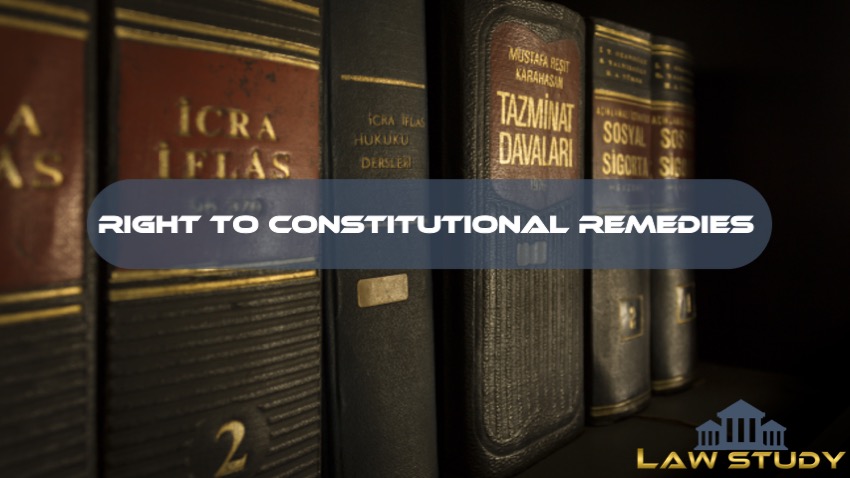






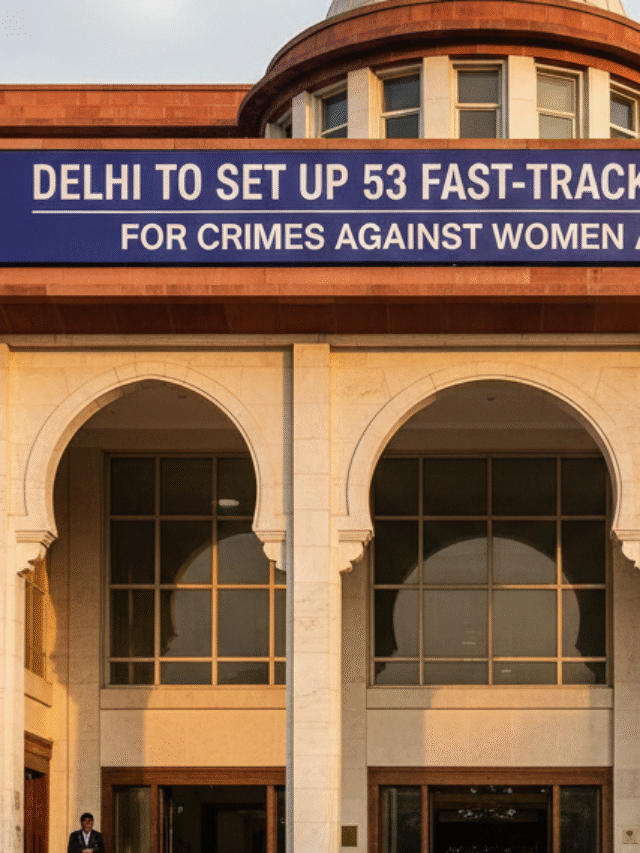
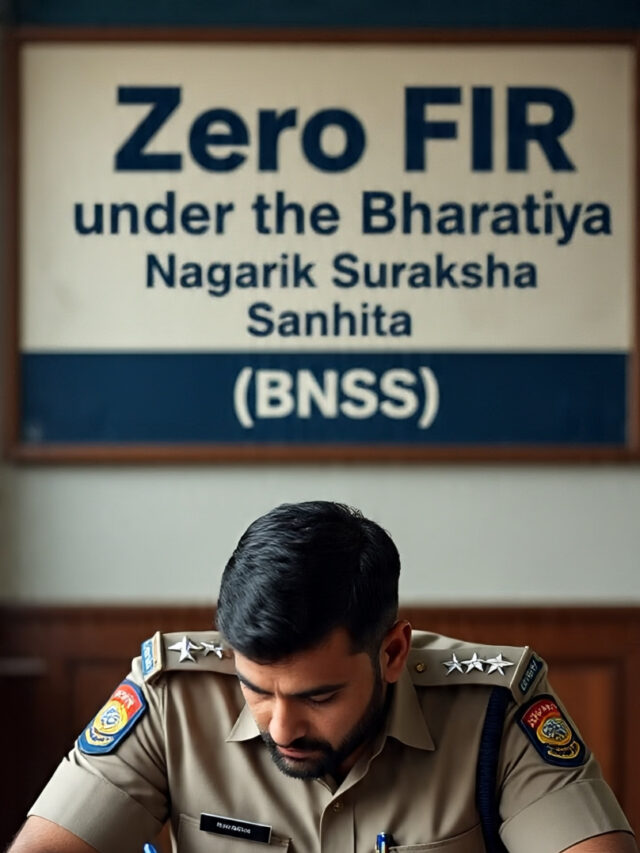






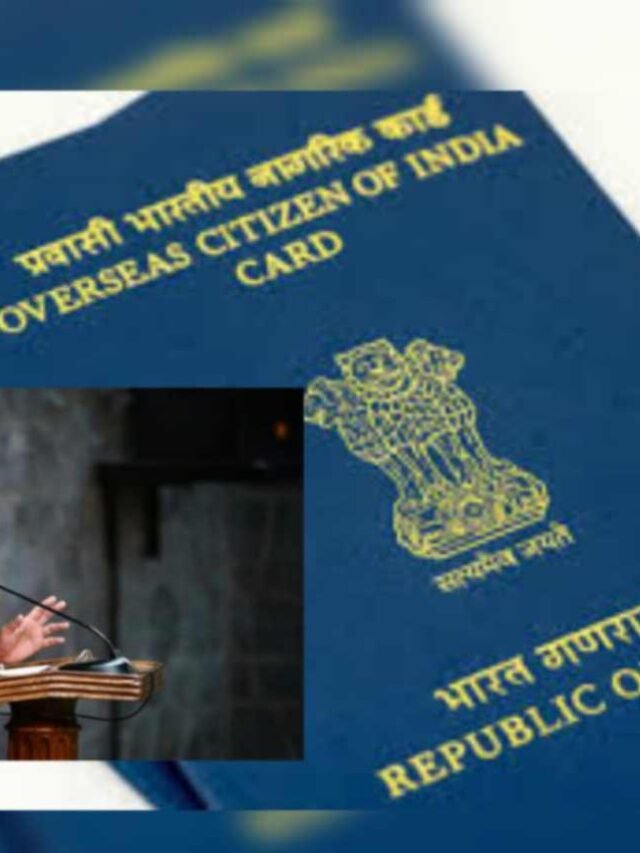









Systematic analysis